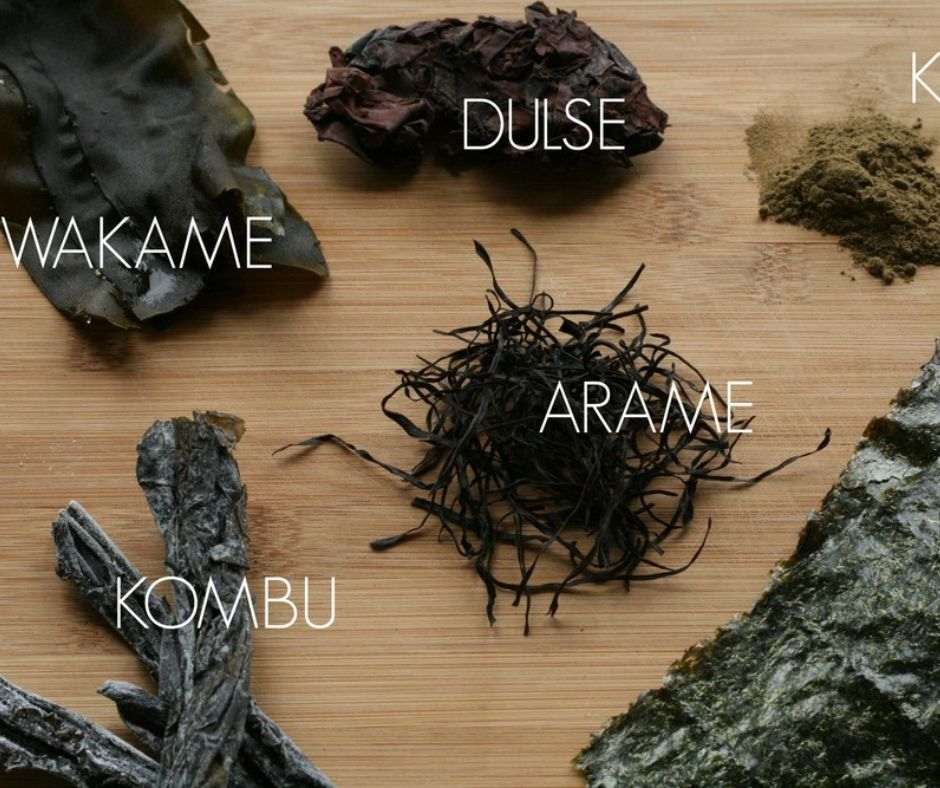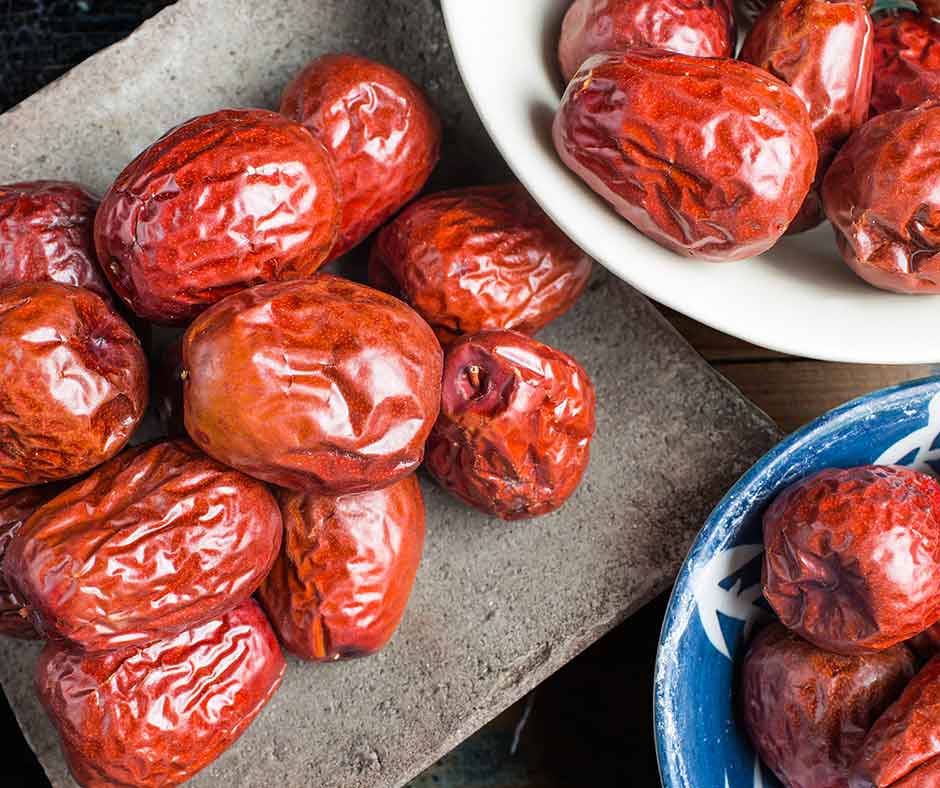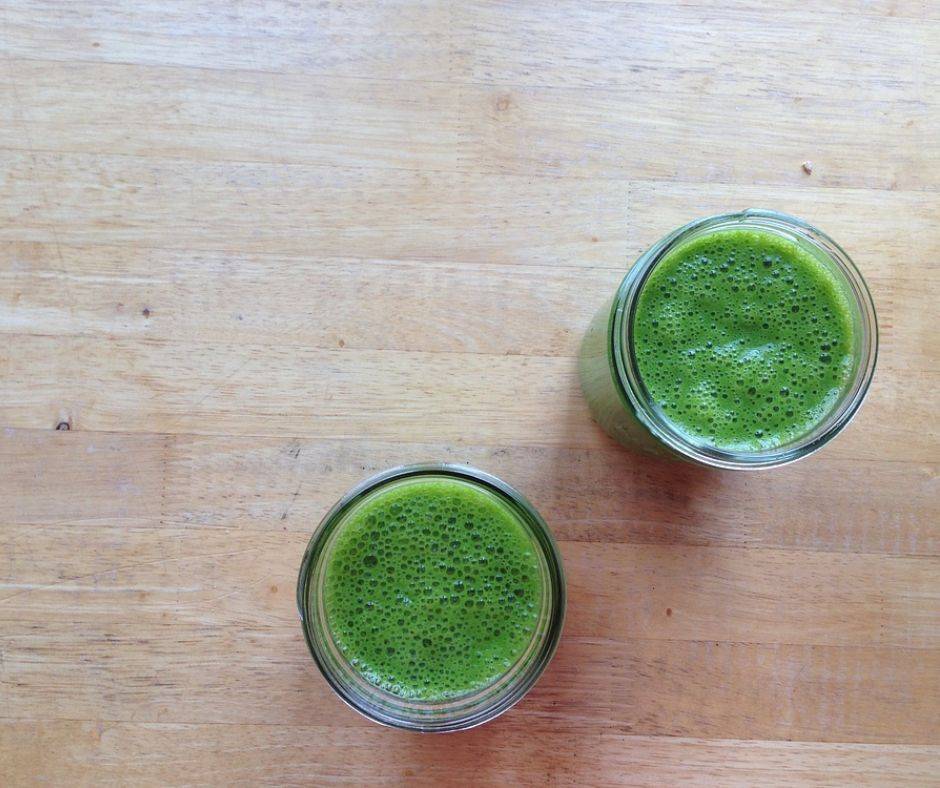Benefits of Seaweed
Regularly using seaweeds or sea vegetables in your diet is a wonderful way to increase the nutrition profile and healing potential of your meal. There are so many reasons to eat more seaweeds!
Did you know that seaweed (is):
Rich in vitamins and minerals
Sea veggies are a wealth of extra nutrition. They are high in calcium, iron, vitamin A, potassium, magnesium, phosphorus and iodine.
They are also rich in trace minerals. Because of our poor soil quality due to modern farming (more about that another time) many people are deficient in trace minerals such as zinc and selenium. Seaweeds help us to replenish those deficiencies.
Detoxifying
Seaweeds protect us from environmental toxins. For example, kombu, wakame, arame, and hijiki contain alginic acid which binds with heavy metals and helps to expel them from the body.
Plus seaweeds are high in chlorophyll which also helps to draw out waste products and purify the blood further helping with the detoxification process.
Alkalizing
Acidic conditions create an environment where disease has the opportunity to overrun the body. Many modern diseases can be traced back to an overly acidic condition. Unfortunately, much of our modern diet is overly acidic. Seaweeds help to alkalize and neutralize the blood helping to increase healing and rejuvenation at the cellular level.
Calming and Soothing
Energetically seaweed has a very yin quality. Its energy is downward and inward. When you eat seaweed in small quantities over time it can help to calm and settle a tendency toward anxiety and restlessness. Seaweeds are also considered softening so they help you to relax in body and mind.
How to Use Seaweed in your Diet
Many cultures all over the world use seaweeds in their traditional meals. There are about 75 different varieties in common use. Seaweeds have many different flavors and there are many wonderful ways to incorporate them into your diet.
Experiment with the following types of seaweeds that are readily available in North America and see which ones you like most:
Nori is probably the best known seaweed in the western world. These paper thin sheets are used for sushi and can be crispy when toasted. Make your own sushi rolls or just tear off bite size pieces for a snack.
Dulse is a red seaweed. It is sold whole or as flakes and is sometimes smoked to add flavor. Dulse flakes can be added straight to dishes but whole dulse should be soaked before adding it to your meal. Sprinkle it on top of grain or vegetable dishes.
Arame
Arame is a delicate stringy looking seaweed. It has a mild sweet flavor and needs to be gently washed before use. Once cooked it will double in size. It can be added to any grain dishes, stir fries, soups, or salads.
Wakame is a deep green seaweed and has a subtle sweet flavor. Soak for a few minutes before using it. Traditionally this seaweed was used to purify the blood and it is beneficial for the reproductive organs. Use it in soups, stews, or savory dishes.
Kombu/Kelp
This seaweed is commonly used in Japan as a flavor enhancer. Kelp is sometimes called brown algae and can be found in powder or whole form. When in powder form sprinkle it on prepared dishes for extra flavor and nutrition.
Kombu contains glutamic acid which acts a tenderizer. Add a small strip of kombu when cooking beans and it will dissolve completely. The addition of the seaweed will make the beans much more digestible and reduce gas.
There are many benefits from eating seaweed and so many ways you can use them in your cooking. I hope you’ve found a few new ways to use them in your diet!








